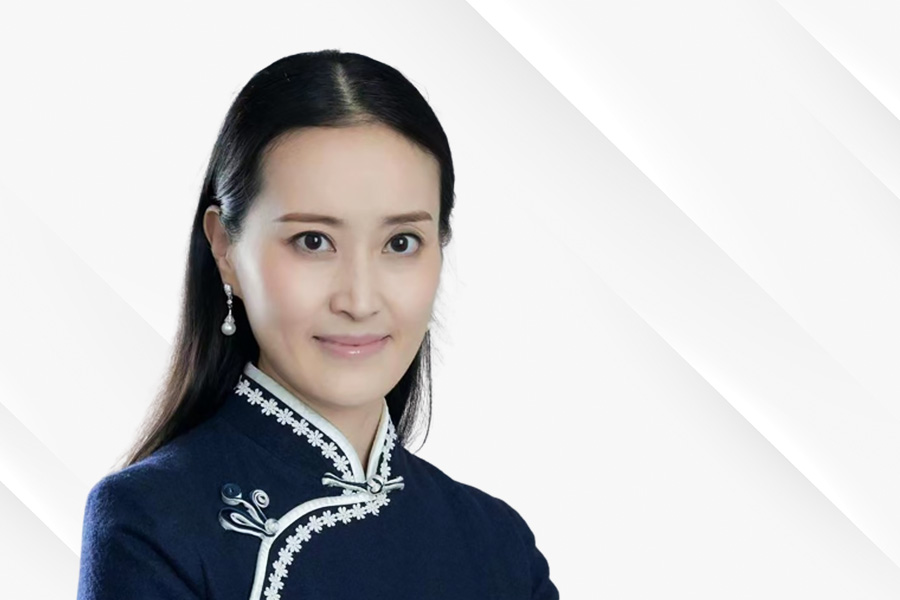In China, arbitration, in its modern sense, is an imported and young dispute resolution system. Generally, the international status of arbitration of a country can be evaluated by gauging: (1) the global influence of its arbitration legal system and rules; (2) the global influence of its arbitration institutions; and (3) its popularity as a seat of arbitration. In terms of the above-mentioned criteria, it can be seen that the international status of China’s arbitration has been qualitatively enhanced after development over six decades, steadily marching towards the inner circle of international arbitration.
Recognition and acceptance of innovative measures by international arbitration. The arbitration cause of the People’s Republic of China began with the foreign-related arbitration practice of China International Economic and Trade Arbitration Commission (CIETAC), whose arbitration rules have always reflected the norms and prevailing practices of international arbitration.

Vice Chairman and Secretary General
China International Economic and Trade Arbitration Commission (CIETAC)
The dispute resolution method of combining arbitration and mediation, initially proposed and practised by CIETAC, has been widely applied in disputes accepted by CIETAC that concern overseas parties, and also recognised and accepted by the international arbitration community.
In its arbitration rules, revised and implemented in 1994, CIETAC had provided a summary procedure, which contributed valuable rules and practical experiences to the more recent expedited arbitration rules formulated by the UN Commission on International Trade Law (UNCITRAL). Furthermore, the practice of many arbitration institutions in China, including CIETAC, to designate a secretary to assist the arbitral tribunal in pushing forward arbitration proceedings, has been accepted and replicated internationally.
Growing credibility and influence of institutions. As of 1 January 2022, China had a total of 270 arbitration institutions. In the past decade, the total disputed amount in monetary terms of cases handled by CIETAC reached RMB712.4 billion (USD98.3 billion), including RMB251.5 billion in international and foreign-related cases, involving parties from 152 countries and regions.
Its arbitral awards have been widely recognised and enforced across the globe, with its credibility broadly acknowledged. In May 2021, the International Arbitration Survey, conducted by Queen Mary University of London, listed CIETAC as one of the five “most preferred arbitral institutions”.
As a new destination for international arbitration, China enjoys much attention and welcome. According to statistics in the above-mentioned survey, Hong Kong, Beijing and Shanghai were among the 10 most preferred seats of arbitration, ranked as third, sixth and eighth, respectively. In May 2022, CIETAC was officially included in the “List of ODR (online dispute resolution) Providers” by the Asia-Pacific Economic Co-operation (APEC). Only three dispute resolution institutions, all of which are in mainland China or Hong Kong, have been included in this list, reflecting the recognition and trust of the industry in the dispute resolution services of Chinese institutions.
PATH TO THE INNER CIRCLE
Arbitration in China is predominantly institutional arbitration, hence its flourish owes much to the institutions’ decades of dedication. As the oldest and most representative arbitration institution in China, CIETAC has taken the following major measures in recent years:
Constantly deepening the construction of internationalisation. In terms of global layout, CIETAC set up three overseas arbitration centres in Hong Kong, Vienna and Vancouver with a commitment to serve Belt and Road Initiative (BRI) construction. It also set up the Asean Trial Centre of CIETAC in Nanning, Guangxi in May 2022 to comprehensively connect and serve the regional economic co-operation between China, Asean and RCEP (Regional Comprehensive Economic Partnership) countries, and steadily promote high-level opening-up.
In terms of the global layout of the arbitrators’ team, CIETAC arbitrators hail from 144 countries and regions, covering 112 countries and regions that have signed BRI co-operation documents with China. Of the 1,897 arbitrators currently in the Panel of Arbitrators, 591 are from Hong Kong, Macau, Taiwan or foreign countries and regions.
In terms of regional arbitration services, CIETAC issued the Practical Guidelines for the Application of the Mainland and Hong Kong “Preservation Arrangements” in Cases Accepted by CIETAC Hong Kong Arbitration Centre in 2021, providing professional arbitration services for the construction of the Greater Bay Area.
Constantly promoting the development of a new pattern of dispute resolution. Based on the new stage of development, CIETAC is well on the way to steadily building a diversified dispute resolution pattern pillared with commercial arbitration, while featuring international investment arbitration and commercial mediation. In the field of commercial arbitration, CIETAC makes efforts to provide more sophisticated and professional arbitration services.
In terms of platform building, CIETAC took the lead to set up CIETAC Shanghai International Arbitration Centre for Securities/Futures and Financial Disputes in 2021, and later established the CIETAC Intellectual Property Arbitration Centre in July this year.
In terms of rulemaking, CIETAC formulated industry-specific arbitration rules for disputes in engineering, construction, finance and other sectors to help resolve disputes in particular fields. In 2021, the first dispute with a disputed amount of RMB2.6 billion to apply CIETAC’s Construction Project Disputes Review Rules was successfully resolved, attracting wide attention from the industry.
In the field of investment dispute settlement, CIETAC issued the world’s third set of investment arbitration rules in 2017, i.e. the CIETAC International Investment Arbitration Rules, filling China’s gap in investment arbitration. It also announced and implemented the CIETAC Mediation Rules for Investment Disputes under the CEPA Investment Agreements, as well as an associated Panel of Mediators.
In the field of commercial mediation, CIETAC set up its Mediation Centre in May 2018, launching a set of mediation rules and a team of mediators in the same year.
Vigorously strengthening theoretical research and talent cultivation. Over the years, CIETAC has organised extensive research and published a series of books and case compilations including the Annual Report on International Commercial Arbitration in China, the Research of the International Commercial Arbitration System in Countries along the Belt and Road, and Arbitration and Law.
Among them, the book titled The Application of the United Nations Convention on Contracts for the International Sale of Goods in Chinese Arbitration was included in the UNCITRAL library in 2021.
CIETAC established the CIETAC International Arbitration Institute in July 2021, committing to creating a new and comprehensive research platform with a four-pronged mission, i.e. the integration of arbitration teaching, the cultivation of arbitration talent, arbitration scientific research, and the construction of rule of law of arbitration.
In addition, CIETAC took great strides in cultivating foreign-related legal talent, such as hosting the CIETAC Cup international arbitration competition for 20 years, and setting up joint graduate programmes for Master of Law of the Foreign-related Lawyers Project, and the International Arbitration Project with Peking University, Renmin University of China and others. Such efforts have proven fruitful in amassing a vast pool of high-quality legal talent specialised in foreign-related laws, paving the way for international arbitration to further thrive in China.
Wang Chengjie is the vice chairman and secretary general of the China International Economic and Trade Arbitration Commission (CIETAC)
Going with the global flow: arbitration developments and practiceBy Chen Fuyong, Beijing Arbitration Commission/Beijing International Arbitration Centre (BAC/BIAC) |
 |
Innovation and resilience: arbitration in Hong KongBy Yang Ling, Hong Kong International Arbitration Centre (HKIAC) |
 |
Institutions must step up to protect arbitration ecosystemBy Donna Huang, International Chamber of Commerce |
 |
Shanghai arbitration hub: converge and innovateBy Wang Weijun, Shanghai International Economic and Trade Arbitration Commission/Shanghai International Arbitration Centre (SHIAC) |
 |
Innovations in GBA arbitrationBy Liu Xiaochun, Shenzhen Court of International Arbitration (SCIA) |
 |





















